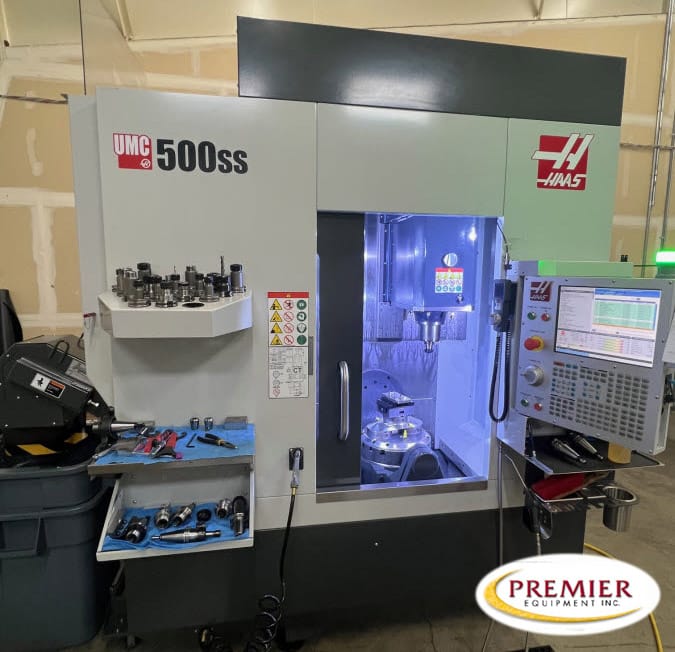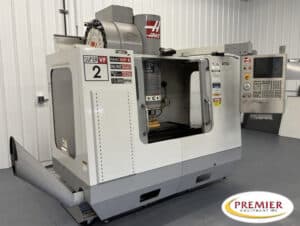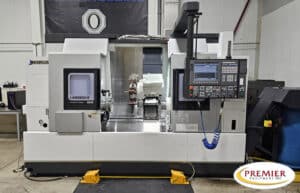Key Skills for New CNC Machinists
If you’re looking to break into CNC machining, there are five key areas you really need to get familiar with before diving into the specifics of operating new and used CNC machines.
Shop Safety
Safety can’t be overlooked in factory settings. New workers must learn about the safety gear used and the practices everyone should follow. Every company might have its unique safety challenges, so it’s important for fresh hires to get a grip on these to keep the workplace safe.
Shop Math
While the math might seem pretty basic, CNC operators need to be solid with simple calculations. New machinists should be good at using calculators to handle addition, subtraction, multiplication, and division. It’s all about accuracy; even small calculation errors can lead to big issues. Plus, operators often need to communicate measurements really precisely, sometimes down to ten-thousandths of an inch or even microns. Understanding positive and negative values is also key since they’ll need to make adjustments based on that.
Blueprint Reading
Being able to interpret 3D parts from 2D blueprints is a must-have skill for CNC machinists. They need to know different line types like visible, hidden, center, and section lines and understand how orthographic projection works. New machinists find it helpful to have finished workpieces on hand so they can compare their work and check their interpretations against real products.
Tolerance Interpretation
Every part has a margin of error, and newbies need to know how to read these tolerances. Dimensional tolerances are super important because they determine the acceptable limits for different features of the part. CNC operators should be aware of the three ways tolerances might be shown: as a plus or minus value, with high and low limits, or using a number and its negative. It’s crucial for fresh hires to identify those high and low limits and target values for their work.
Plus, understanding the outcomes for every measurement matters a lot. These can range from being well within limits (which is good) to being outside the acceptable range (which means adjustments or scrapping the part). Novices should also peek into geometric tolerances but realize that making adjustments can be trickier there.
Measuring Tools
Knowing how to use measuring tools is a must for CNC machinists. New folks should get familiar with two main types of gages: fixed and variable. It’s essential to have thorough training on the fixed gages used at the job site, including things like go/no-go gages and those with dial indicators. Plus, they should also get to know the variable gages commonly found in the industry, like micrometers and calipers, so they can understand all the different setups and ways to get accurate readings.
With a solid grasp of these five areas, new CNC machinists will be ready to take precise measurements and check if a part meets the needed specifications. They’ll learn how to make adjustments when needed, helping them keep quality standards high and play an effective role in the manufacturing process. These basic skills are crucial for anyone stepping into CNC machining, setting the stage for a successful career.



